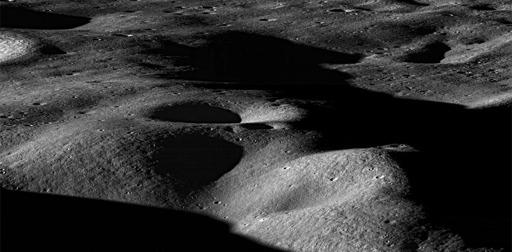Author: Martina Elia Vitoloni | DCL Candidate Air and Space Law, McGill University
Celestial bodies like the moon contain valuable resources, such as lunar regolith — also known as moon dust — and helium-3. These resources could serve a range of applications, including making rocket propellant and generating energy to sustaining long missions, bringing benefits in space and on Earth.
The first objective on this journey is being able to collect lunar regolith. One company taking up this challenge is ispace, a Japanese space exploration company ispace that signed a contract with NASA in 2020 for the collection and transfer of ownership of lunar regolith.
The company recently attempted to land its RESILIENCE lunar lander, but the mission was ultimately unsuccessful. Still, this endeavour marked a significant move toward the commercialization of space resources.
These circumstances give rise to a fundamental question: what are the legal rules governing the exploitation of space resources? The answer is both simple and complex, as there is a mix of international agreements and evolving regulations to consider.
The article has a breakdown of the laws and further context



What do you think will happen if we make the moon lighter?
Um. Let’s say, it’s a good thing for us and earth’s space mechanics and weather that the moon is like it is right now.
Some say the earth would spin faster if the moon wasn’t there at all.
Not sure how big the effect of space mining could be on moon’s mass. To be fair I’m more concerned that someone will use the moon as a giant billboard some day. :)
The moon masses 8.1 x 10^19 tons. Every single thing mankind has ever produced in our entire history wouldn’t dent that.
Show the math